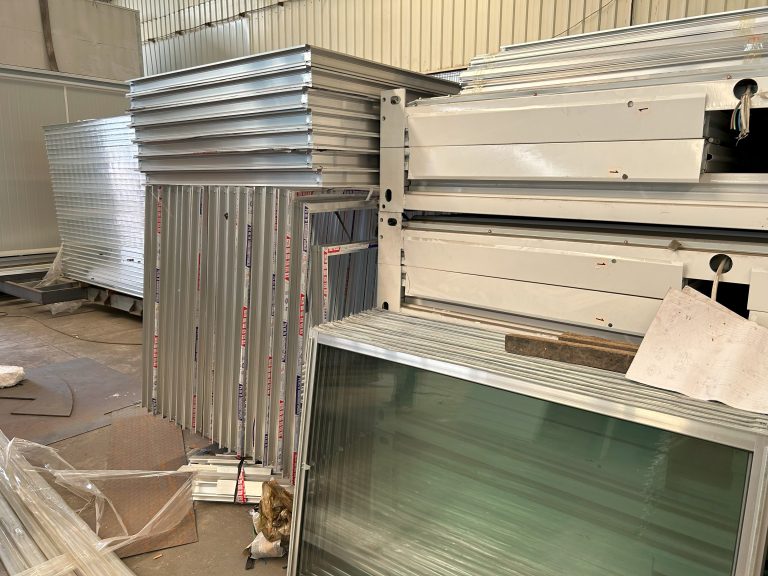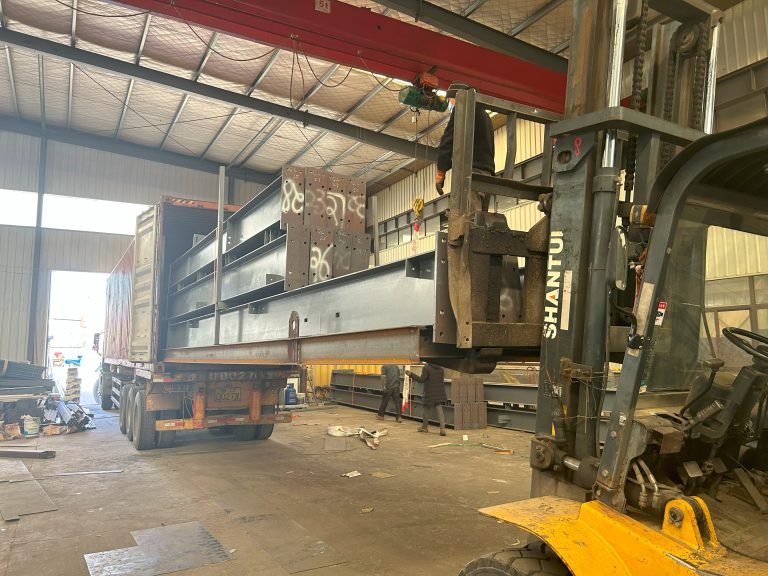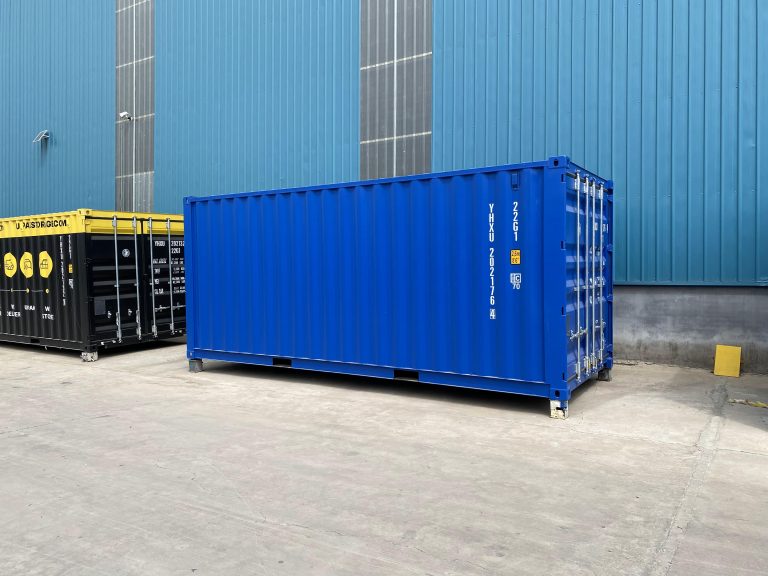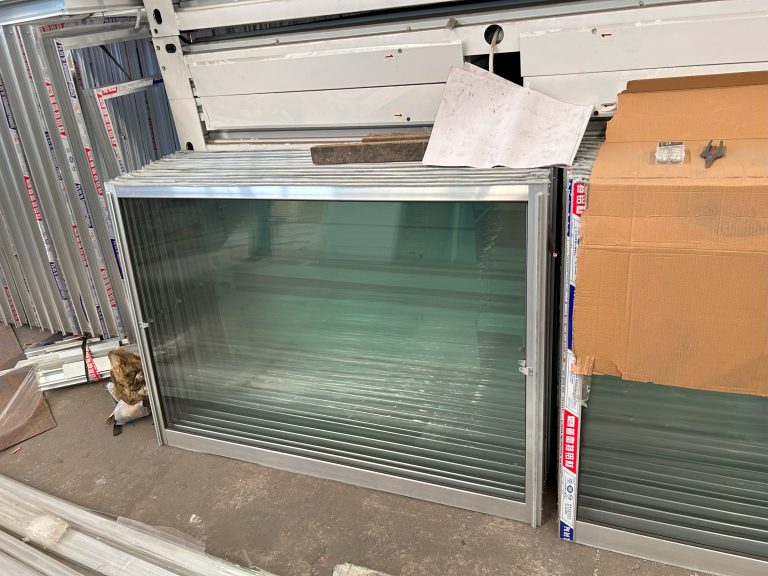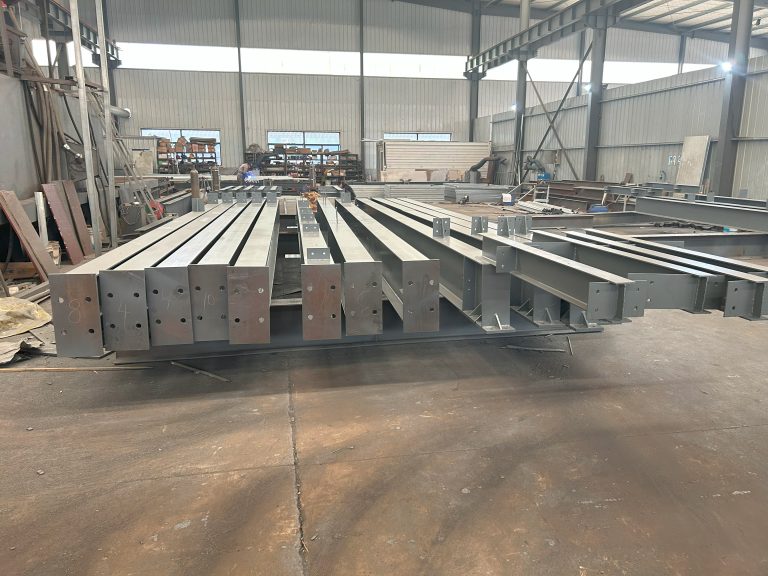Technological innovation and application of steel structure in the construction of intelligent airport
Table of Contents
Advantages of Using Steel Structure in Intelligent Airport Construction
Technological innovation has revolutionized the way we approach construction projects, particularly in the development of intelligent airports. One of the key advancements in this field is the application of steel structures in the construction of these modern facilities. Steel has long been recognized for its strength, durability, and versatility, making it an ideal material for building large, complex structures such as airports.
One of the primary advantages of using steel structures in the construction of intelligent airports is their strength-to-weight ratio. Steel is incredibly strong, allowing for the creation of large, open spaces without the need for additional support columns or walls. This not only creates a more aesthetically pleasing environment for travelers but also allows for greater flexibility in the design of the airport layout.
In addition to its strength, steel is also highly durable and resistant to corrosion, making it an ideal material for use in the construction of airports. This durability ensures that the airport will be able to withstand the rigors of daily use and the harsh environmental conditions to which it may be exposed. Furthermore, steel structures are easy to maintain and repair, reducing the long-term maintenance costs associated with the airport.
Another advantage of using steel structures in the construction of intelligent airports is the speed of construction. Steel components are prefabricated off-site and then assembled on-site, significantly reducing the construction time compared to traditional building methods. This not only allows for the airport to be completed more quickly but also minimizes disruptions to airport operations during the construction process.
Furthermore, steel structures are highly adaptable and can easily accommodate changes or expansions to the airport layout in the future. This flexibility is essential in the fast-paced and ever-changing world of aviation, where airports must constantly evolve to meet the needs of travelers and airlines. Steel structures can be easily modified or expanded without the need for extensive demolition or reconstruction, saving time and money in the long run.
The use of steel structures in the construction of intelligent airports also has environmental benefits. Steel is a highly sustainable material, as it is 100% recyclable and can be reused indefinitely without losing its strength or durability. This makes steel an environmentally friendly choice for construction projects, helping to reduce the carbon footprint of the airport and contribute to a more sustainable future.
In conclusion, the application of steel structures in the construction of intelligent airports offers a wide range of advantages, from strength and durability to speed of construction and environmental sustainability. By harnessing the power of steel, airport developers can create modern, efficient facilities that meet the needs of travelers and airlines while also reducing the long-term costs and environmental impact of the project. Steel structures are truly a game-changer in the world of airport construction, paving the way for a new era of innovation and excellence in airport design and development.
Future Trends in Technological Innovation for Intelligent Airports
Technological innovation has been a driving force in the construction industry, with new materials and methods constantly being developed to improve efficiency, safety, and sustainability. One such innovation that has gained popularity in recent years is the use of steel structures in the construction of intelligent airports.
Steel has long been a popular choice for construction due to its strength, durability, and versatility. However, recent advancements in steel manufacturing and construction techniques have made it an even more attractive option for building intelligent airports. The use of steel structures in airport construction offers a number of benefits, including faster construction times, reduced costs, and increased flexibility in design.
One of the key advantages of using steel structures in airport construction is the speed at which they can be erected. Steel components are typically prefabricated off-site and then assembled on-site, allowing for quicker construction times compared to traditional building methods. This can be particularly advantageous for airports, which often have tight construction schedules and need to minimize disruptions to operations.
In addition to speed, steel structures also offer cost savings compared to other building materials. Steel is a highly efficient material, with a high strength-to-weight ratio that allows for lighter, more slender structures. This means that less material is needed to achieve the same level of strength, resulting in cost savings on both materials and labor. Furthermore, the durability of steel structures means that they require less maintenance over time, further reducing long-term costs.
The use of steel structures also provides increased flexibility in design, allowing architects and engineers to create innovative and visually striking airport buildings. Steel can be easily shaped and manipulated to create complex geometries and large open spaces, making it ideal for creating the large, open terminals and hangars that are common in modern airports. Additionally, steel structures can be easily modified or expanded in the future, allowing airports to adapt to changing needs and technologies.
Another key advantage of using steel structures in airport construction is their sustainability. Steel is a highly recyclable material, with a high recycling rate that reduces the need for new raw materials. Additionally, steel structures can be designed to be energy-efficient, with features such as natural ventilation, daylighting, and solar shading helping to reduce energy consumption and carbon emissions. This makes steel an environmentally friendly choice for airport construction, aligning with the growing trend towards sustainable building practices.

Overall, the use of steel structures in the construction of intelligent airports offers a number of benefits, including faster construction times, cost savings, design flexibility, and sustainability. As technology continues to advance and airports become increasingly complex and interconnected, steel structures will likely play an even larger role in shaping the future of airport construction. By embracing technological innovation and incorporating steel structures into their designs, airports can create efficient, sustainable, and visually striking buildings that meet the needs of passengers and airlines alike.


